Huawei P20 Huawei P20 review: Don't believe the camera hype
Following the news that Google has restricted access to the Android operating system on Huawei and Honor smartphones worldwide , the P20's future is unclear. Indeed, although you can still buy Huawei's last-generation flagship phone, and Huawei has said that existing devices will receive security updates, it is still not clear how this development might otherwise affect current Huawei devices. As such, we're currently recommending not buying the P20 until we receive further details.
Since the ban, however, Huawei has revealed that it will be bringing the Android Q update to the P20, in addition to "popular current devices", despite the ongoing trade ban. There's no word yet on when this update might drop, but you can see the full list of Huawei phones that are set to receive the Android Q upgrade in our dedicated Huawei ban article .
Our original Huawei P20 review continues below
Huawei P20 review
Relax, Huawei fans: you haven’t just slept through a decade. Rather than following up the rather excellent Huawei P10 with the P11 through P19, the Chinese giant has instead opted to cut to the chase and just bring out the P20 and P20 Pro.
In the case of the P20 Pro, the jump in numbers is completely justified with its superb performance and impressive triple camera setup . The Huawei P20? Less so. It’s a competent phone but it’s let down in a handful of key areas - and mystifyingly that includes the camera.
READ NEXT: The best smartphones
Huawei P20 review: What you need to know
You might think Huawei only just released a flagship phone: the Mate 10 and Mate 10 Pro . Yes, yes it did – the P series is the more expensive flagship, though, and it complements the Mate range. It’s a bit like how Samsung maintains two families of flagship phones: the Galaxy Note and Galaxy S ranges. Nobody seriously discounts the S8 as a budget phone because Samsung has the Note 8...
And like with Samsung's two flagships, the internals are pretty much identical. The P20 and Mate 10 Pro both have the HiSilicon Kirin 970 processor that proved roughly equivalent to last year’s Qualcomm Snapdragon 835 chipset found in all of last year’s flagship devices. The P20 has 4GB RAM and a generous 128GB of built-in storage (which is just as well because disappointingly there’s no microSD card slot).
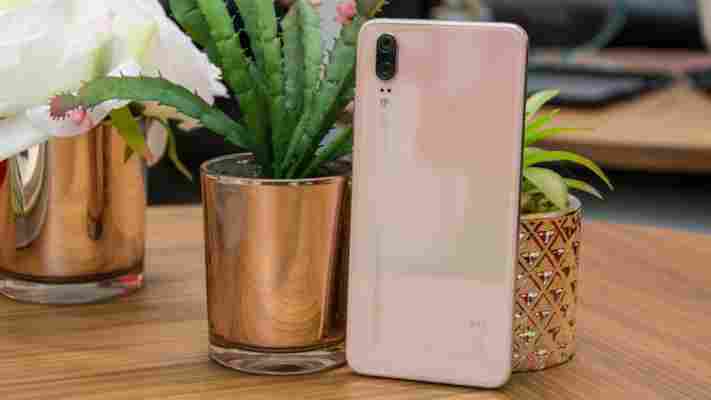
Elsewhere, you’re looking at a 1,080 x 2,244 IPS display with an 18.7:9 aspect ratio. There’s a notch, but you can disable it with software in quite an elegant way that essentially leaves notifications and the battery metre as part of the bezel. There’s no 3.5mm headphone jack but more bafflingly the P20 only has IP53 dust and water resistance (a light splash), while the Pro gets full IP67 protection (which protects against submersion in a metre of fresh water for up to half an hour).
Huawei P20 review: Price and competition
The Huawei P20 comes in at £599 SIM-free – £200 less than the Huawei P20 Pro. There was a very generous preorder offer where you could get some £325 Bose headphones free of charge but that has now finished, alas.
Taking its RRP at face value, that positions the P20 at the cheaper end of the flagship phone spectrum. The Sony Xperia XZ2 comes in at £699 – as does the iPhone 8 . The £629 Google Pixel 2 is a closer match, but the real challenger is the OnePlus 5T that, at £450, undercuts the rest by quite some way.
Best Huawei P20 contract and SIM-free deals


Huawei P20 review: Design
Let’s deal with the elephant in the room… actually, it’s not that big: more like a pygmy shrew. Anyway, it’s the notch. Some people can’t stand the iPhone X -style notch that’s creeping into phones, and the Huawei P20 has one. True, it’s not as wide as on the iPhone X, occupying around 20% of the top of the screen but it’s there and noticeable. If you don’t like it, there’s a switch in the settings you can press to make it go dark and masquerade as a straight, notch-free bezel.
And that’s not where similarities with the iPhone X end: with its curved chrome edges and rear glass panel, it’s something of a homage to Apple’s flagship, only – whisper it – slightly better looking.
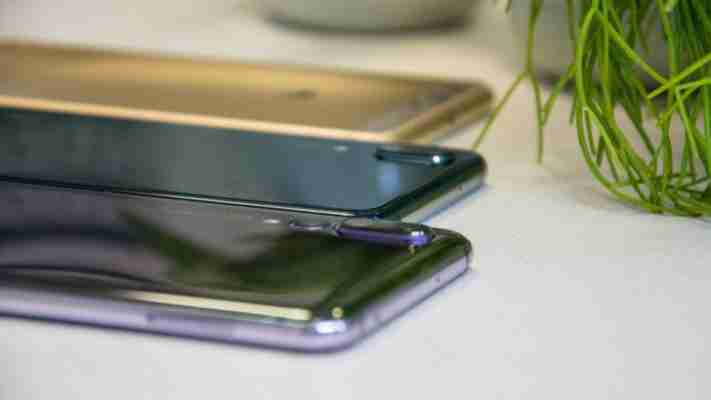
The P20 goes from decent looking to one of the most stunning smartphone designs I’ve ever seen, depending on colour. The plain black or blue designs are perfectly functional but, for my money, the two-tone colour schemes really make it something else. The review model is the pink gold edition and, in person, it really is stunning with its mother-of-pearl sheen. The “Twilight” blend of purple and blue is equally appealing if you want something a little bolder.
There are drawbacks, though, and how much they annoy you will vary from person to person. Let’s tick them off in one list to make this as painless as possible. Again, it’s only IP53 dust- and water-protected, there’s no 3.5mm headphone jack and it doesn’t support microSD cards. Oh, and the dual speakers at the bottom of the phone are an illusion: cover the right-hand side one and all audio vanishes.
Huawei P20 review: Display
Notch aside then, what else can you say about the screen? Well, unlike the P20 Pro, this doesn’t have an OLED panel, instead settling for an IPS RGBW screen with a resolution of 1,080 x 2,244 – meaning it has a pixel density of around 428 pixels per inch. That’s fine for everything, with a possible exception of VR, where a higher pixel density remains helpful given the proximity to your eyes.
It’s a good panel, too. In terms of brightness, it hits a peak of 456cd/m2 meaning it’s perfectly readable in all but the brightest conditions. Contrast is comparable to other phones with IPS screens, colour gamut coverage is excellent and colour accuracy is fine to boot. One additional neat trick up its sleeve: like the iPad or iPhone, the P20 has the ability to automatically set the white balance of the screen depending on the ambient light.
In short: it’s a top-quality screen. Not the best you can get – both Apple and Samsung’s panels have it beat – but the majority of users won’t notice the difference in most circumstances, and that’s good enough for me.
Huawei P20 review: Performance and battery life
Any doubts about the wisdom of Huawei not following the herd and using Qualcomm chips are quickly dispelled upon using the P20. The HiSilicon Kirin 970 processor powers a phone that feels fast and responsive at all times and that applies to everything from multitasking to the lightning-fast pace at which the phone unlocks, either via a fingerprint or facial recognition.
Even the camera software can be streamlined, if you wish: a double tap of the volume-down button triggers a snapshot in just 0.3 seconds. The results may be less impressive than carefully lining up a shot, but hey, the option is there and welcome.
So, anecdotally it feels as fast as anything on the market. In terms of raw benchmarks, however, the HiSilicon Kirin 970 is slightly off the pace of this year’s flagships, feeling more in line with last year’s big beasts like the Samsung Galaxy S8 and the OnePlus 5T:
That performance deficit is even more pronounced in graphical tests, where this year’s Snapdragon 845-powered chips are pulling away at pace.
To be clear though, it’s very unlikely the average user will notice the difference. These tests are deliberately intensive, and given the 1080p screen, it’s hard to imagine a scenario where you’d be really pushing the processor to the limits in the next couple of years.
Battery life is a touch disappointing, however, given how much stamina Huawei’s Mate 10 Pro had. While you’ll still get a full day’s usage out of it, our looped video test lasted 13hrs 16mins. That puts it ahead of the iPhone X, but behind the Samsung Galaxy S9.
Huawei P20 review: Camera
The biggest disappointment of the P20, however, is the camera. That may come as a surprise given the superlatives written about it before release (the shutterbugs at DxOMark declared it the second best ever), but that just doesn’t bear out in our own tests now we have the phone in our hands.
But before I get into why, let’s take a look at the specs. Unlike the P20 Pro, this has two rear Leica-branded cameras, rather than three. These two cameras are a 12-megapixel colour snapper and a 20-megapixel monochrome sensor, the latter of which is used to apply depth-mapping, capture detail-rich black-and-white snaps and to improve the appearance of photos taken from the main camera.
The main 12-megapixel camera has a generous 1/2.3in sensor with pixels 1.55um in size. On paper, the specifications look very good indeed – indeed, on both of these parameters, the P20’s camera is superior to the Samsung Galaxy S9. Given that sits at the very top of the smartphone camera tree, surely the P20 should be up there with the best of them?
Yes, but it isn’t. As soon as you get photographs off the P20’s own screen and onto anything else, deficiencies become obvious: images are soft, lacking in sharpness, underexposed and overprocessed. You don’t have to be a professional shutterbug to notice, either: take a look at these close crops with the same shot from the iPhone X as a comparison:
Now the iPhone X has a good camera, but not the best out there, and there’s simply no contest. The P20 photographs look a blurry mess at this magnification, while the iPhone X’s maintain a degree of definition.
Note: The above camera issues don't affect the P20 Pro, so if you're a photography buff, you may want to head straight over to our review now .
Things don’t improve much with the video, sadly. On paper, again, things look good: the P20 camera is capable of shooting 4K video. It can shoot video at 60 frames per second, and it has some of the best video stabilisation we’ve seen at Expert Reviews.
The problem is it can’t do all these things simultaneously.
That means that if you want to shoot a 4K video then you can, but you’ll be doing it at 30fps without stabilisation. If you want 60fps, then you’re going to have to make do with 1080p footage – but again, this won’t be stabilised. If you want your footage to be nice and stable, then you’ll have to settle for 1080p at 30fps. That’s just not good enough for a phone that sells itself on the capability of its camera.
To complete the disappointment hat trick, the 24-megapixel front-facing selfie camera is also a damp squib. Selfies are soft, smeary and pale-looking and the Apple-mimicking dynamic exposure feature produces results that are also hugely disappointing.
Huawei P20 review: Verdict
Without the promised world-beater of a camera, the P20 is left in a very difficult position. Yes, it looks beautiful and is reasonably snappy but, even for the lowish price of £599, it’s a tough sell compared with the opposition. The battery life is middling, the weatherproofing is limited, there’s no room for added storage and the 3.5mm headphone jack is gone. There are just too many compromises to make the P20 seriously worth considering.
For the record, the Huawei P20 Pro is significantly better: in fact, it's one of the best phones we've ever used (although it does inherit the video recording problems). But at £200 more, it won’t be for everyone. Anyone who had a watchful eye on the P20 would be better off getting a cheaper Huawei Mate 10 Pro or stumping up a little more for a Google Pixel 2 instead. If you don’t need to buy right now, you’re advised to hold off and see what Huawei’s Chinese neighbour OnePlus has lined up in the next couple of months.

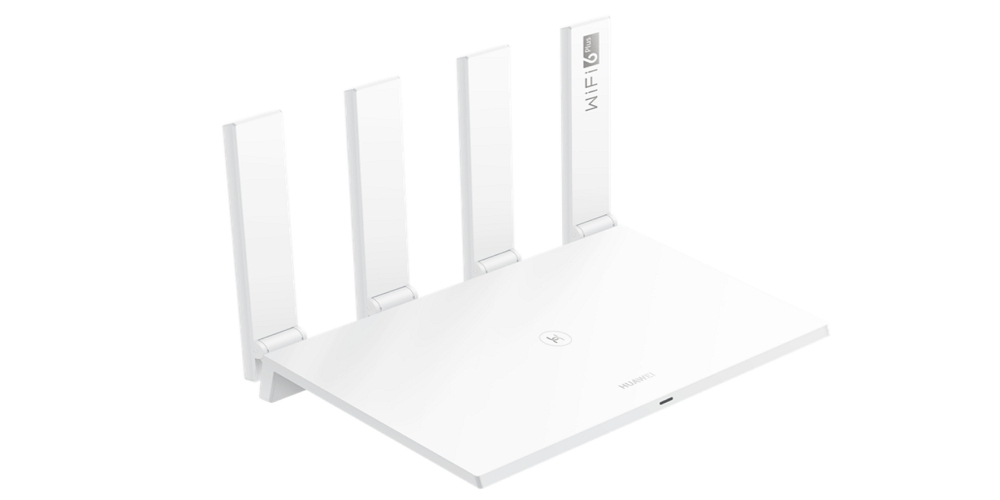
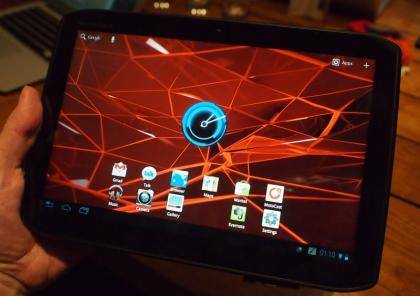
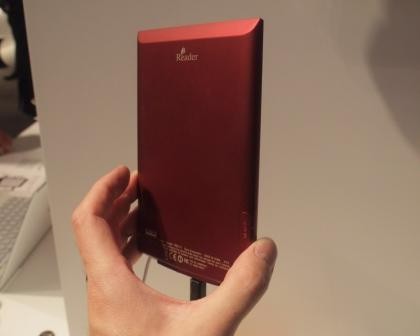
Leave a Comment